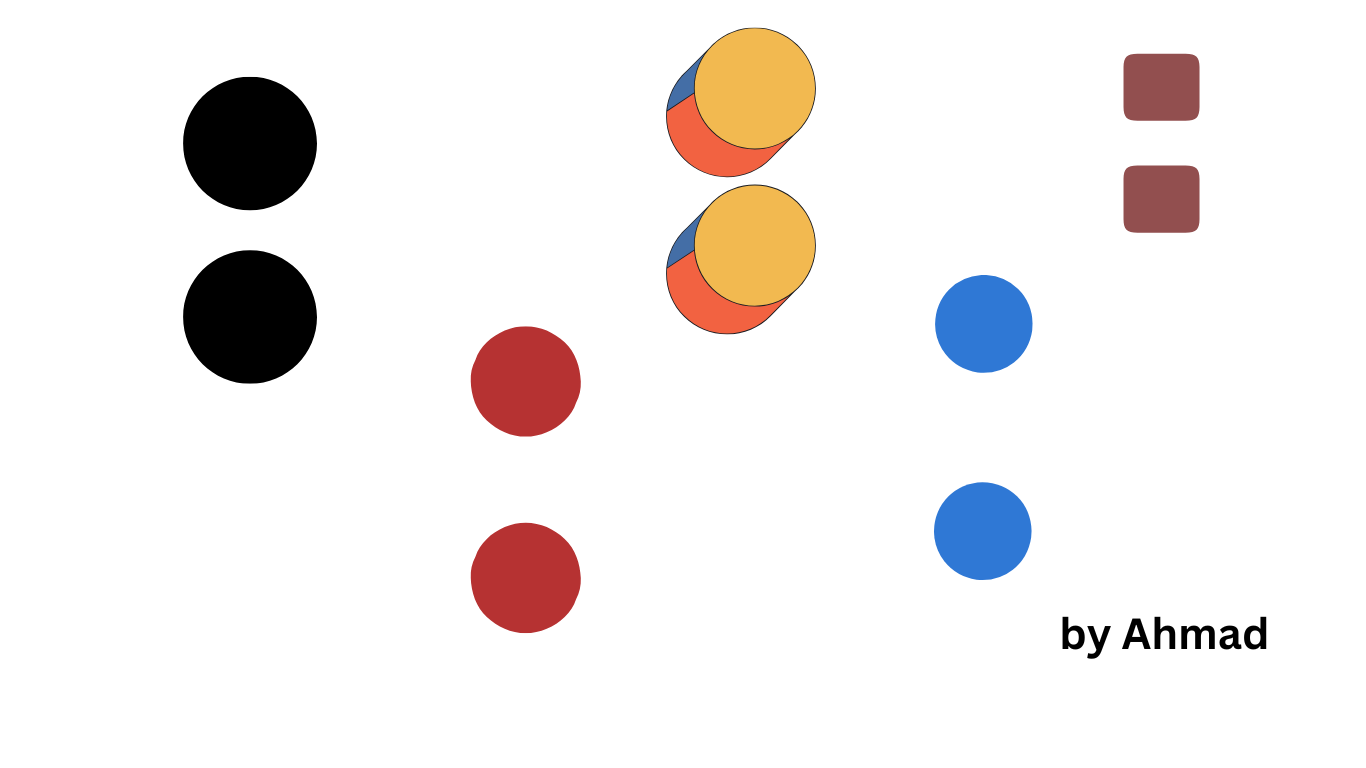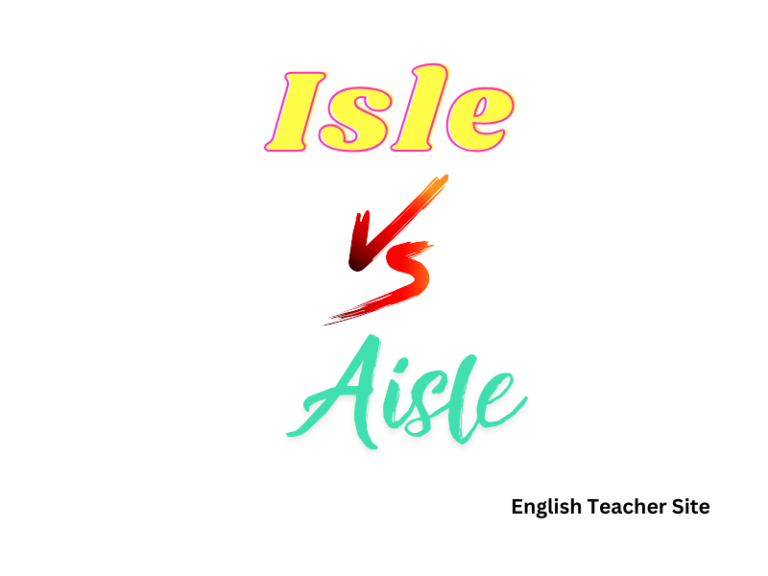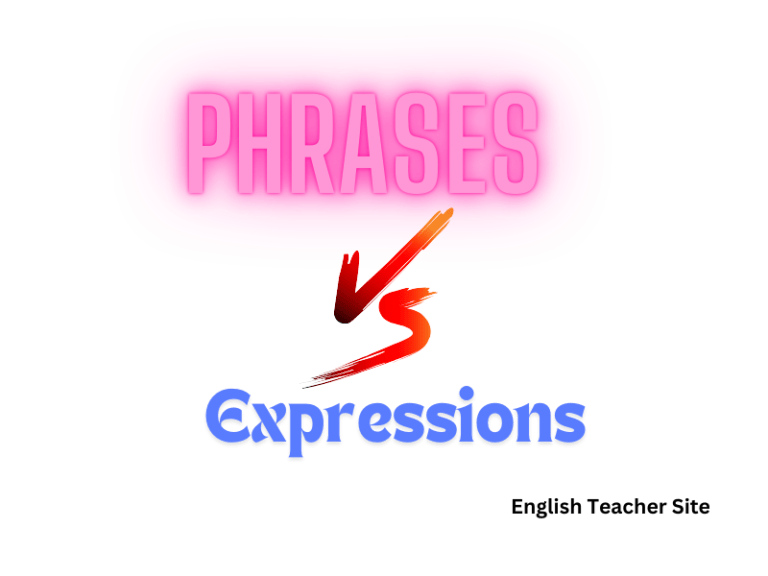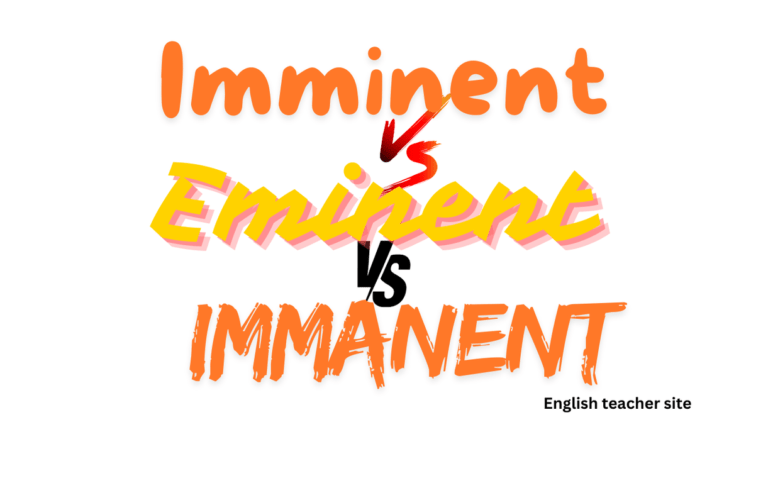Capital After a Colon: Correct Usage in English Grammar

- A colon primarily signals the introduction of additional information related to the preceding text.
- Capitalization after a colon varies by region and the context of the sentence it introduces.
- Style guides, such as APA, provide detailed rules for consistent capitalization after colons.
Colons are punctuation marks used to extend a sentence to highlight what follows, such as a list, a quotation, or simply an expansion on the initial statement. In English, a colon informs the reader that what follows is directly related to the preceding text. The correct use of a colon can often reflect an individual’s grasp of English punctuation.
When to Use a Colon?
A colon is a punctuation mark used to indicate that what follows it is an explanation, elaboration, or enumeration related to what precedes it. They are often employed to introduce lists, quotes, and further clarification.
A colon precedes a list when the introductory text is a complete sentence. Here’s how it typically works:
- Introduce the statement: “He packed everything for camping:”
- Enumerate items: “a tent, a sleeping bag, and a flashlight.”
Note: Do not use a colon if the list is integrated into the flow of the sentence.
Basic Rules of Capitalization
At the heart of good writing practice is a strong grasp of capitalization rules. Specifically:
- The first word of a sentence should always be capitalized.
- Proper nouns and certain adjectives, derived from proper nouns, are capitalized.
- In titles and headings, typically, the first and last words, all nouns, pronouns, adjectives, verbs, adverbs, and subordinating conjunctions get capitalized.
Quotations
When introducing a quotation with an independent clause, use a colon:
- Example: The coach said: “Give your best effort.”
Colons in Titles and Subheadings
When it comes to titles and subheadings, colons serve as elegant separators that introduce subtitles or a breakdown of the content that follows.
- Examples:
- Book Title: Unlocking the Mysteries of Grammar
- Report Subheading: The Impact of Climate Change: A Five-Year Review
The Chicago Manual of Style recom
Illustrative Examples:
- He faced a dilemma: continue forward or turn back.
- She had only one favorite: chocolate.
One common mistake is using a colon after a verb or preposition—avoid this construction:
- Incorrect: His favorite foods are: pizza, hamburgers, and hot dogs.
- Correct: His favorite foods are pizza, hamburgers, and hot dogs.
Clauses and Explanations
A colon can introduce an explanation or a cause-and-effect relationship:
- Example: She was late: her alarm clock failed.
Appropriate colon use can clarify the meaning of a sentence and enhance writing style. Remember, colons and semicolons are not interchangeable.
Rules:
| Use Case | Rule |
|---|---|
| Complete Sentence | A colon can introduce a complete sentence that illustrates or amplifies what came before it. |
| Quotations or Lists | Use a colon to introduce an item or series of items, not if the sentence continues beyond the items. |
Exceptions:
| Style Guide | Rule |
|---|---|
| Chicago Manual of Style | Capitalize the first letter of a second independent clause. |
| Associated Press (AP) Style | Use lower case for the first word after the colon, unless it’s a proper noun. |
Variations in Style Guides
The approach to capitalization after a colon can vary between American English and British English as well as among different style guides.
| Style Guide | American English | British English |
|---|---|---|
| Chicago Manual of Style | Capitalize first word if it starts a full sentence | Lowercase unless proper noun or acronym |
| MLA | Same as Chicago | Same as Chicago |
| APA | Capitalize if what follows is a full sentence | Lowercase unless proper noun or acronym |
- Rules:
- American English: More flexible, often capitalizes the first letter after a colon if it begins a complete sentence.
- British English: Advises against capitalization unless dealing with proper nouns or acronyms.
American English
- Capitalize the first word after a colon if it begins a complete sentence.
- Do not capitalize if the material following the colon is not a complete sentence.
Examples:
- Complete sentence: He had only one thing to remember: Capitalize the beginning of the sentence after the colon.
- Phrase: He had one favorite book: the Encyclopedia of Flora.
British English
In British English, the practice tends to be more straightforward:
- The first word after a colon is not capitalized unless it’s a proper noun or acronym.
Example:
- The list included three colors: red, green, and blue.
sources
Publication-manual-7th-edition-introduction.pdf- APA Style
A Guide to Using Semicolons – Merriam-Webster
My name is Khamis Maiouf. I am the creator of the English Teacher Site, dedicated to providing valuable resources and insights for students around the world. With a passion for education and a commitment to helping students enhance their skills, I aim to make English teaching more effective and enjoyable for both educators and students.






